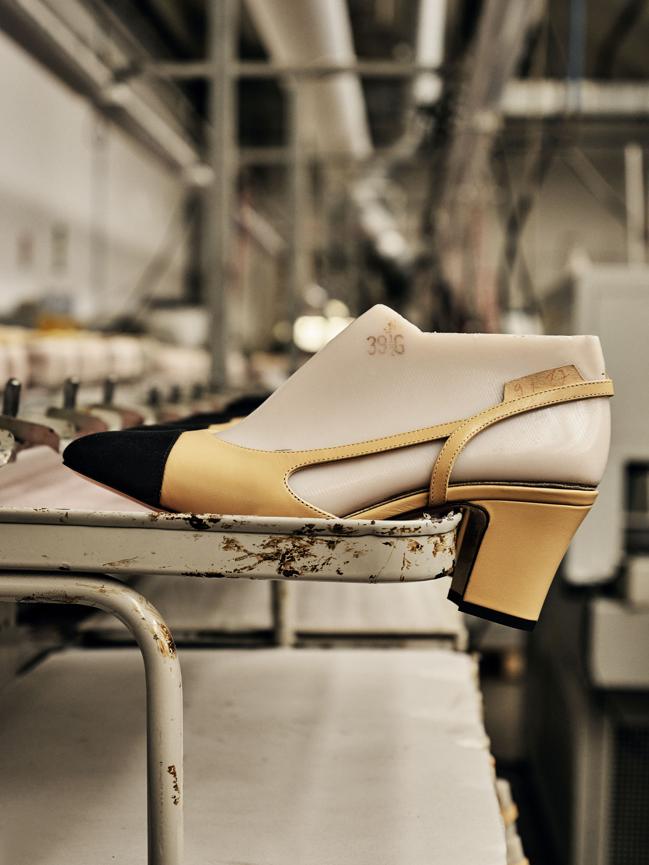The diaper’s age of Finnish children has been stretched – it is easy to postpone dry learning today

Education|You can learn how to visit the pot at the age of one. There are developmental differences in children, but the character and their own will also influence.
Finnish children are longer in diapers. The change has taken place in the 21st century, when the diapers have evolved so good that they are easy to use and replace. Children also enjoy the diapers now better than before.
So it is easy to postpone dry teaching, says Emeritus Professor of Special Education at the University of Jyväskylä Timo Saloviita.
According to Saloviida, many families only start learning to dry at the age of 2-3, although it could be started at the age of one.
« For example, some clinics may warn how too early learning can be psychologically harmful to the child. It is said that the child must be mentally mature, and then the maturity is awaited.
Some children only learn to dry at the age of four. Dry learning is influenced by a wide range Anni Nevalainen.
There are physical and developmental differences in children, but the nature and their own will also affect the matter. In addition, parents’ systematicity plays a major role: a lot of training is required to make it a routine and the child is giving it a matter of.
Some children are curious and interested in pot, so parents may also be more sensitive to offering pots. Some children, on the other hand, are so motorally active that they do not sit in the pot for so long that nothing can come there.
Nevalainen reminds us that children aged 2-3 are already showing a lot of their own will and are looking for boundaries, so only this age is more likely to have opposition.
« No official guidance has been given, but I would encourage you to start your training as soon as your child shows interest or start announcing a wet diaper – what happens usually before the age of two years. When it is learned from a young age, it usually becomes more natural. »
Nevian It is not advisable to schedule potatoes in connection with any other major life change. So, for example, if you start a kindergarten or the birth of a new family member, it is a good idea to start a pot training either before or after the change.
« In such a situation, the child already has a load, and he or she will probably not be able to focus on learning a new skill. »
According to Nevalainen, an adult should remain dry as positive as possible when learning. It is important to encourage and praise the child for even small successes. So you don’t have to wait for the pee to come in the pot, but you can also praise the child to sit in the pot.
Nevalainen points out that any kind of blame is harmful.
« If there is nothing in the pot or after leaving the diaper, it is not worth making any bigger number, as it will increase the child’s annoyance and embarrassment more, and in no way promote learning. If the child has a step that he or she does not agree to go to the pot, it is worthwhile to take time and try again. »
Child It is possible to teach dry even over one weekend, says Emeritus Professor Saloviita.
« A small child has learned that the diaper is to pee. So the task is to combine peeing into the pot. This is not consciously, but through a learning mechanism that can be facilitated by reward. »
According to Saloviida, learning to dry is complicated by the fact that a child rarely is peeing, with few learning sessions. This can be influenced by giving the child more fluid during the learning days, when the toilet emergency occurs more often. The child is then directed several times a day to the pot.
For example, a child in the pot can read a storybook, and when the pee comes into the pot, the adult should rejoice, congratulate and praise. For example, the prize may be a small treat or a sticker.
« Often, for 1-year-olds, it is often very fast to do it, so it is to do it. After that, it would be important to stop using diapers. If the diapers are not immediately left out, the child will be confused that sometimes he can pee in the pants and sometimes not. »
In this way, the damage happens, but according to Saloviida, they also act as a learning experience for the child. You can prepare for night watering by placing a plastic under the sheet that keeps the mattress dry.
Saloviita instructs to make it dry, where possible, during the summer, when the child does not have thick outerwear that would get wet during the damage.
Department nurse Anni Nevalainen encourages you to add a toilet vocabulary to everyday speech and take your child in the bathroom, allowing the child to see normal toilet use and can also learn by mimicking adults.
The potato theme can be taken into play, meaning that the child can plant a doll in a pot, for example, and read pots on the pot.
« Through play, you can really promote learning. »
Some children do not like pots, allowing the bathroom to get a racketeer and a high stool, allowing the child to be firmly sitting on the table.
If the child is in day care, it is also worth mentioning potential training there so that early childhood education can work in the same way as at home.








